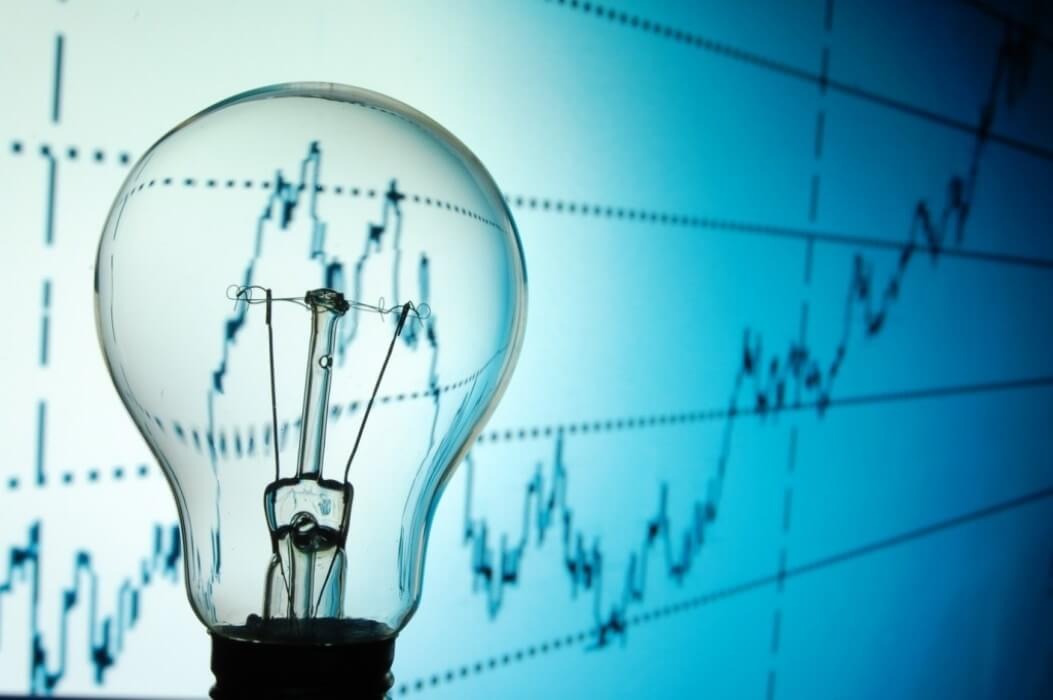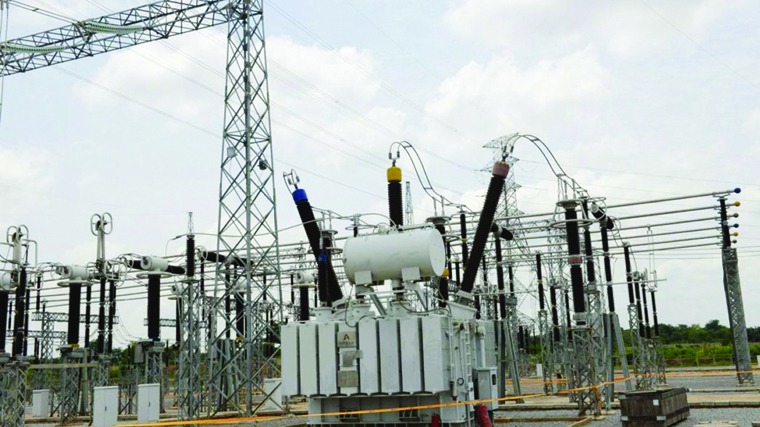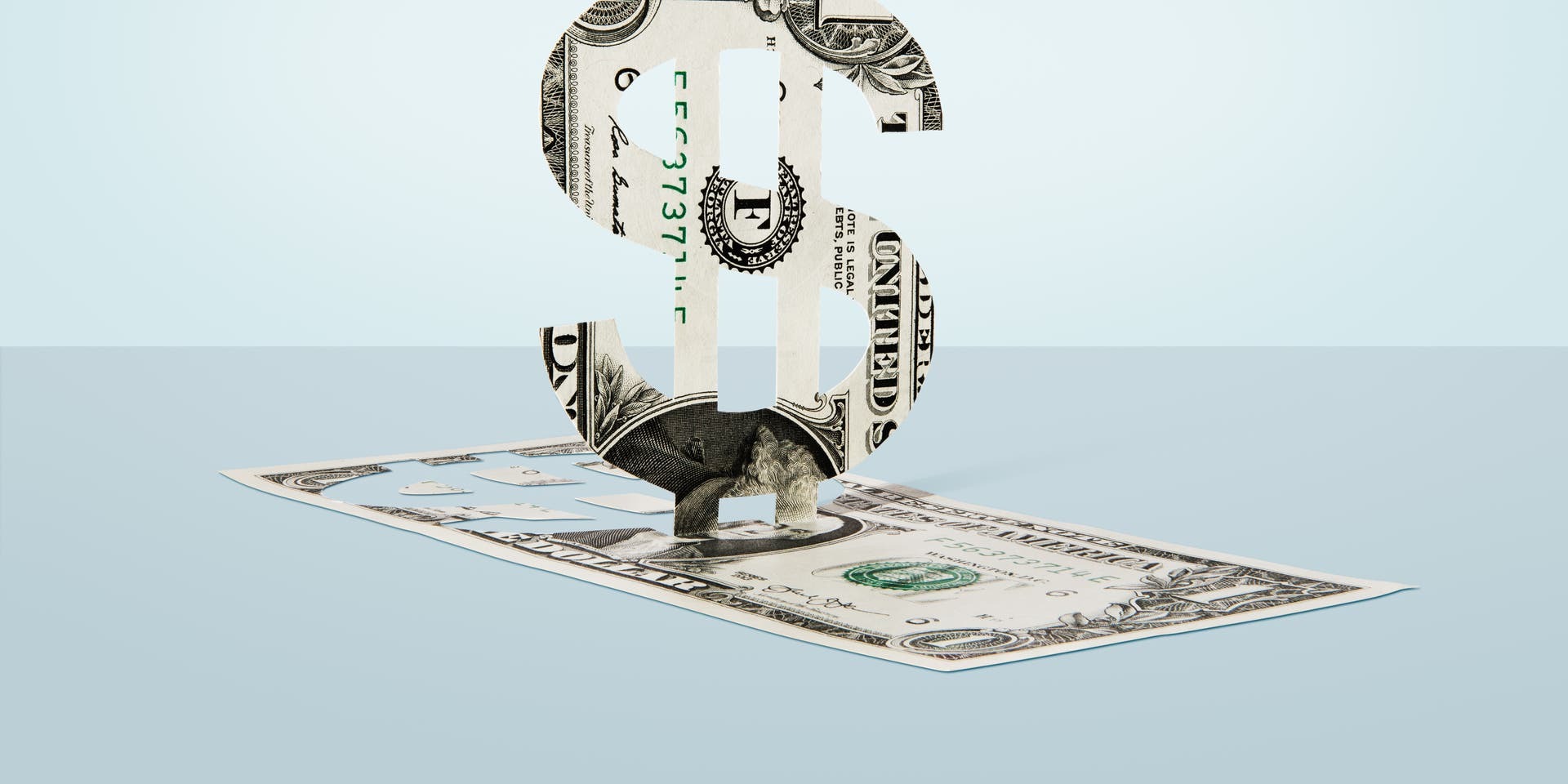In response to evolving challenges and opportunities, the New Partnership for Africa, NEPAD, Business Group Nigeria, NBGN has commenced a rebranding programme with renewed focus on economic development.
In a statement made available to Vanguard, Chairman, NBGN, Bashorun Randle, said NEPAD has been a driving force in advancing economic growth, regional integration, and sustainable development in Africa.
Additionally, he said over the years, the NBGN has played a critical role in aligning with these objectives, fostering public-private partnerships, and contributing to Nigeria’s economic revitalization.
Randle said that the group is determined to reposition NBGN as a formidable platform that influences economic policies, fosters business growth, and contributes meaningfully to Nigeria’s sustainable development.
He stated “We call on all stakeholders—government institutions, private sector leaders, development partners, and the media—to join us in this renewed vision. Together, we can build a stronger, more prosperous Nigeria and a thriving African economy.
Giving key highlights of the rebranding, Randle said that the revitalized strategy would emphasize key sectors that drive economic growth, including trade, investment, and industrial development, adding that the group would work closely with government agencies, private sector, and international partners to create an enabling environment for businesses to thrive.
He said that the re-launch is important as it would aid direct engagement with key policymakers, including the Central Bank of Nigeria and the Ministry of Finance with a view to presenting structured policy recommendations that align with Nigeria’s broader economic agenda.









